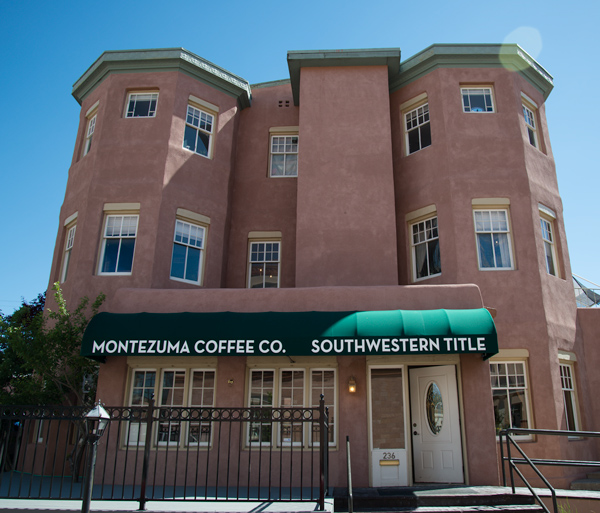Shade Awnings – A Practical History
More than two thousand years ago, awnings were used by the Syrians and the ancient Egyptians. Made of woven reeds, the awnings were sometimes free-standing on poles to shade market stalls, to create shaded areas on river boats plying their trade on the Nile, and built out from doorways and portals. The Romans designed large retractable linen awnings to shelter huge public seating areas.

Early modern awnings fabricated of heavy cotton, were supported by wood or cast iron braces and often hung over shop fronts. They not only permitted window shopping on rainy days, but shielded displays in shop windows from fading in the sun. And in some ways even more important, awnings kept the interiors cool in the time before air-conditioning. As the appeal caught on, architects and designers included awnings for private homes as both a decorative and protective element. Suddenly there were fringed edges, scalloped edging, box and dome shapes and the array of colors to choose from exploded. There are now potentially hundreds of colors and patterns available.
Today we use awnings in the same way and fabricate them from an array of materials, from heavy canvas to airy mesh fabric which allows light to come through in shade sails and screens. Proven to reduce heat in interior areas, awnings help to offset far more expensive cooling costs. They add a visual appeal to exteriors and can often raise the resale value of a property. As an addition to a business front, awnings create a sheltering welcome to customers and are the perfect venue to replace traditional signage with hand lettering and stenciled logos.
